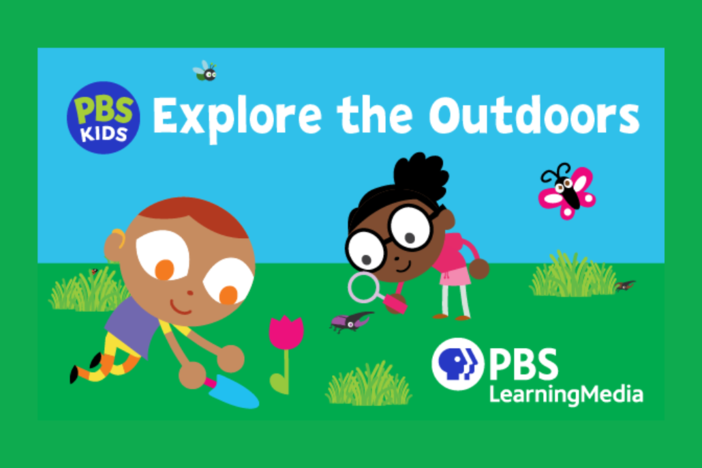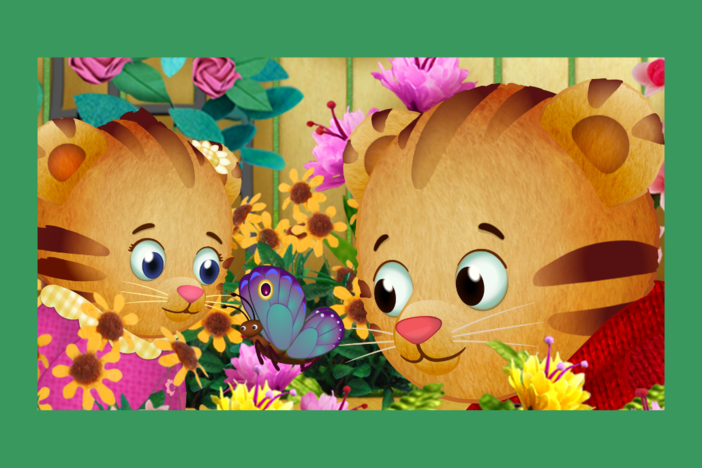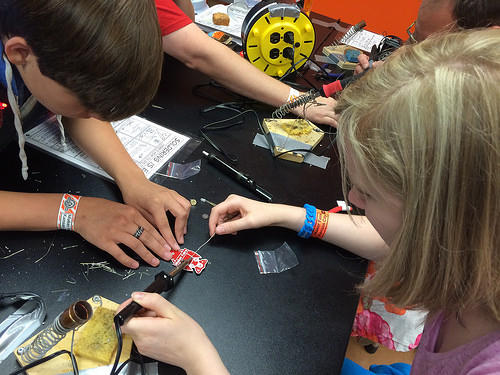
Section Branding
Header Content
Make Room For Makerspaces!
Primary Content

Transforming the classroom into a place where students can think critically and creatively, communicate, and work cooperatively is essential to ensuring they are successful in the 21st century. Preparing a makerspace in your classroom is one way to accomplish this goal and convert your classroom into an active and engaging learning environment. Here is some information about makerspaces and how to incorporate them into your classroom.
1. What is a Makerspace?
What exactly is a makerspace? Simply put, they are environments where students’ imaginations come to life and mix all aspects of STEM into one area. The teacher provides tools and materials that promote innovative thinking, inquiry, application, and allow students to take control of their learning.
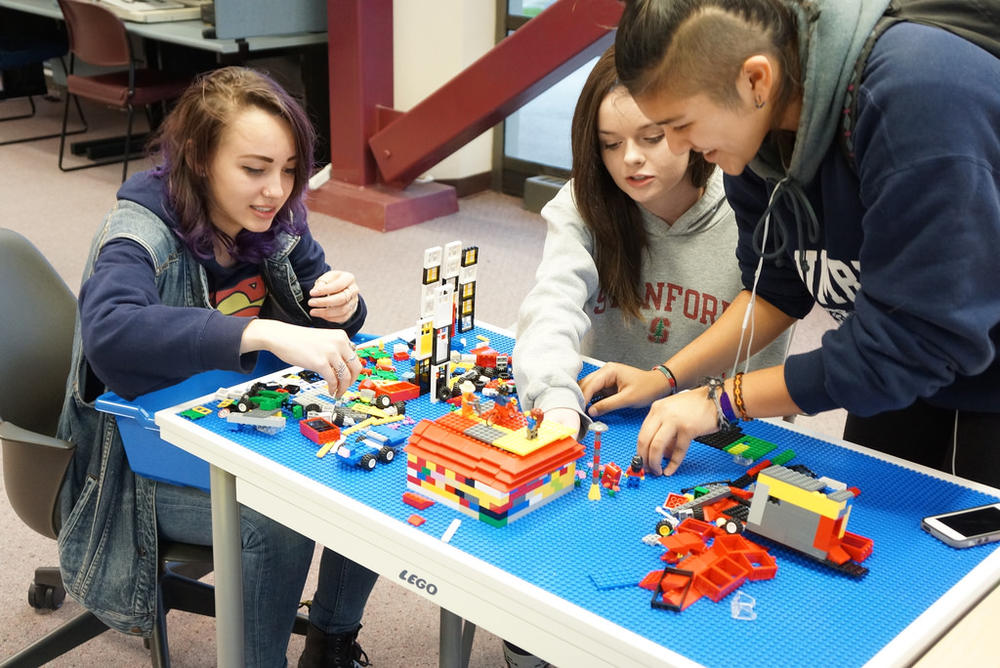
2. Useful for all Contents
Although STEM is a major part of it, makerspaces are not specific to the fields of science, technology, engineering, and math. They can easily be placed in social studies, health, and literature classrooms as well. A way to tailor the focus of projects students produce may be to provide challenge cards. These cards present problems that students have to master based on the concepts learned in class. For example, students may have to construct a building limited by a particular budget for materials in their economics makerspace. In the literacy classroom, they may write their own narratives and implement digital storytelling. With serious planning and innovation, the possibilities are endless and all classrooms, regardless of content taught, can make room for makerspaces.
3. Materials
Materials and equipment can be expensive, but there are some less costly alternatives. One of the main things you want to encourage is tinkering and hands-on activities. Available materials should challenge, inspire, and occupy your students’ time in meaningful and powerful ways. Some tools that can accomplish these goals include: electronic parts, 3D printers, computers, cameras, software, or batteries. If you are an educator on a budget, less expensive things like Legos®, modeling clay, cardboard, arts and craft materials, and glue guns are substitutes. The latter may not be as fancy, but they still inspire children to think critically and design new things out of unique materials. You can also ask parents for donations of screwdrivers, pliers, and scissors, or gather simple things used around the house such as paper towel rolls, toilet paper tubes, and duct tape. Make sure to monitor students closely and follow safety procedures to avoid injury.
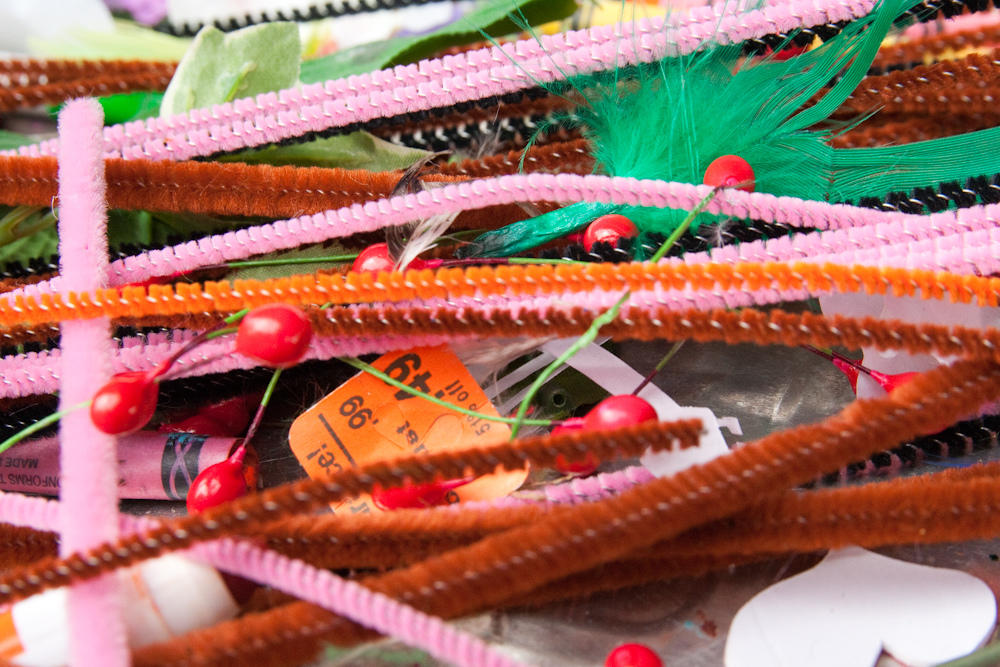
4. A Great Way to Incorporate Inquiry-Based Learning
Inquiry-based learning is all about posing questions, problems, and scenarios as opposed to simply presenting facts. Through this method, students are able to learn by self-investigation and initiative. Makerspaces are a perfect fit. They will inspire students to take the problems presented in class and use available materials to form solutions. As they become more and more confident with the method, they’ll begin initiating questions, answering them on their own, and building models to represent their answers.
5. Types of Makerspaces
Different types of makerspaces can be implemented to inspire your students. You can even create pop-up makerspaces depending on the concepts you are teaching. Transforming the environment every few months provides new inspiration to budding inventors and problem solvers. This video features various types of makerspaces. Remember to think creatively!
We would love to hear about the innovative ways you are using makerspaces in your classroom. Let us know in the comments section!
Secondary Content
Bottom Content



